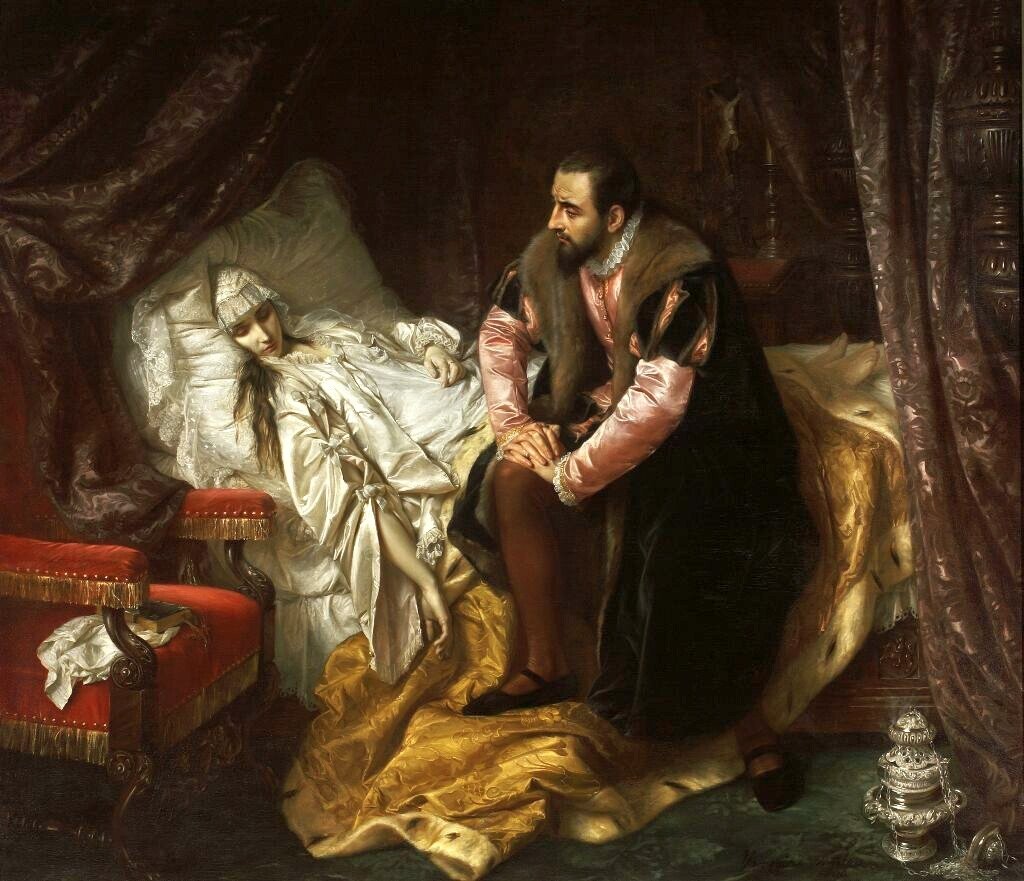In 19th-century Europe, writers, artists, and composers became increasingly fascinated by female characters from the national past. In her book, Maria Chernysheva focuses on visual representations of women as historical figures in the Russian Empire, particularly in the Kingdom of Poland. Maria Chernysheva explores how these representations conveyed various meanings and values related to national identities. By comparing Polish and Russian history paintings, she demonstrates that while they were often inspired by French models and shared common elements, they played different roles in Polish and Russian cultures. What became a significant and widespread trend in Poland remained rather uncommon in Russia.
This event will be held online only. Register for the Zoom meeting.
Speaker: Maria Chernysheva, Smolny Beyond Borders
Discussant: Anna Dżabagina, Columbia University, and Chrstine Ruane, University of Tulsa.
Image: “La Mort de Barbara Radziwiłł” by Józef Simmler, from Wikimedia Commons (via Wikipedia).
Related Events
·Svetlana Satchkova
Event details
→
Book Talk: The Undead
In this darkly funny and emotionally resonant novel of contemporary Russia, a young filmmaker unexpectedly finds herself targeted by an authoritarian regime—despite her best efforts to stay out of politics.


